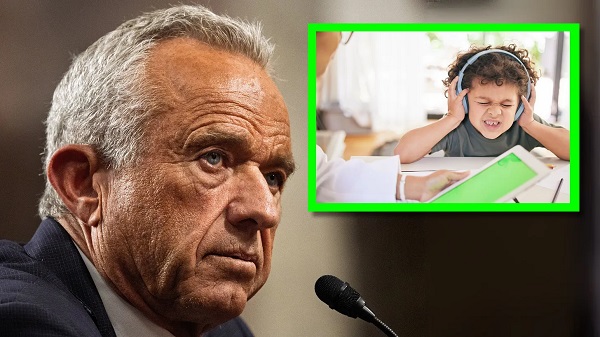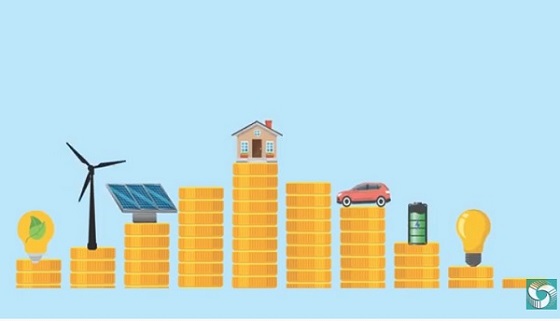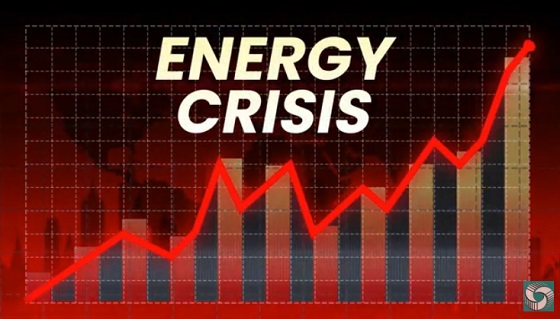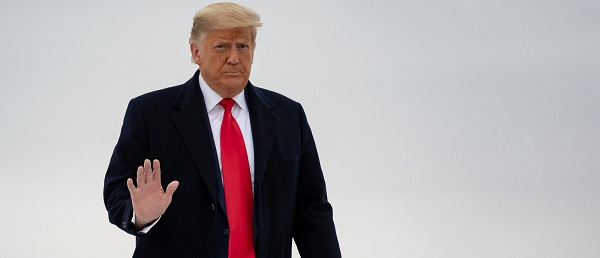Business
Canada Scrambles To Secure Border After Trump Threatens Massive Tariff
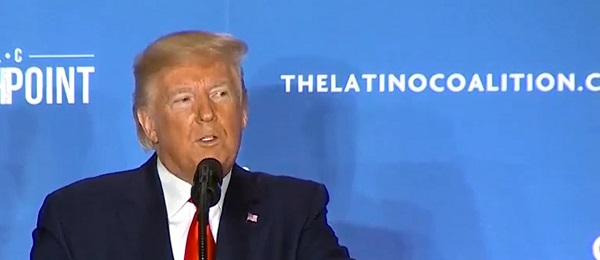

From the Daily Caller News Foundation
By Jason Hopkins
The Canadian government made clear its beefing up its border security apparatus after President-elect Donald Trump threatened to impose sweeping tariffs against Canada and Mexico if the flow of illegal immigration and drugs are not reined in.
Trump in November announced on social media that he would impose a 25% tariff on all products from Canada and Mexico unless both countries do more to limit the level of illicit drugs and illegal immigration entering into the United States. In response, Canada Prime Minister Justin Trudeau met with the president-elect at his residence in Mar-a-Largo and his government has detailed what more it’s doing to bolster immigration enforcement.
“We got, I think, a mutual understanding of what they’re concerned about in terms of border security,” Minister of Public Safety Dominic LeBlanc, who accompanied Trudeau at Mar-a-Largo, said of the meeting in an interview with Canadian media. “All of their concerns are shared by Canadians and by the government of Canada.”
“We talked about the security posture currently at the border that we believe to be effective, and we also discussed additional measures and visible measures that we’re going to put in place over the coming weeks,” LeBlanc continued. “And we also established, Rosemary, a personal series of rapport that I think will continue to allow us to make that case.”
Trudeau’s Liberal Party-led government has pivoted on border enforcement since its first days in power.
The Royal Canadian Mounted Police (RCMP) — the country’s law enforcement arm that patrols the border — is preparing to beef up its immigration enforcement capabilities by hiring more staff, adding more vehicles and creating more processing facilities, in the chance that there is an immigration surge sparked by Trump’s presidential election victory. The moves are a change in direction from Trudeau’s public declaration in January 2017 that Canada was a “welcoming” country and that “diversity is our strength” just days after Trump was sworn into office the first time.
While encounters along the U.S.-Canada border remain a fraction of what’s experienced at the southern border, activity has risen in recent months. Border Patrol agents made nearly 24,000 apprehensions along the northern border in fiscal year 2024 — marking a roughly 140% rise in apprehensions made the previous fiscal year, according to the latest data from Customs and Border Protection.
“While a change to U.S. border policy could result in an increase in migrants traveling north toward the Canada-U.S. border and between ports of entry, the RCMP now has valuable tools and insights to address this movement that were not previously in place,” read an RCMP statement provided to the Daily Caller News Foundation. “New mechanisms have been established which enable the RCMP to effectively manage apprehensions of irregular migrants between the ports.”
Trudeau’s pivot on illegal immigration enforcement follows the Canadian population growing more hawkish on the issue, public opinion surveys have indicated. Other polls also indicate Trudeau’s Liberal Party will face a beating at the voting booth in October 2025 against the Conservative Party, led by Member of Parliament Pierre Poilievre.
Trudeau’s recent overtures largely differ from Mexican President Claudia Sheinbaum, who has indicated she is not willing to bend the knee to Trump’s tariff threats. The Mexican leader in November said “there will be a response in kind” to any tariff levied on Mexican goods going into the U.S., and she appeared to deny the president-elect’s claims that she agreed to do more to beef up border security in a recent phone call.
Trump, who has vowed to embark on an incredibly hawkish immigration agenda once he re-enters office, has tapped a number of hardliners to lead his efforts. The president-elect announced South Dakota Gov. Kristi Noem to lead the Department of Homeland Security, former acting Immigration and Customs Enforcement Director Tom Homan to serve as border czar and longtime aide Stephen Miller to serve as deputy chief of staff for policy.
2025 Federal Election
As PM Poilievre would cancel summer holidays for MP’s so Ottawa can finally get back to work
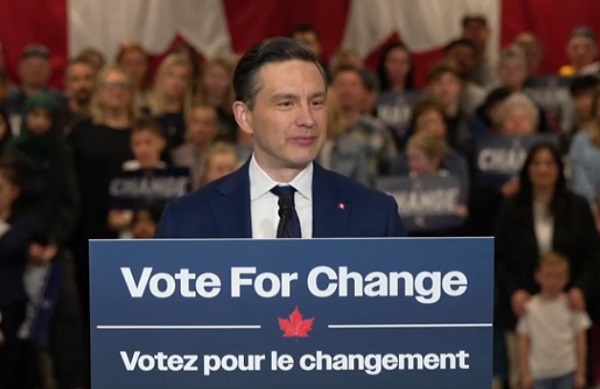
From Conservative Party Communications
In the first 100 days, a new Conservative government will pass 3 laws:
1. Affordability For a Change Act—cutting spending, income tax, sales tax off homes
2. Safety For a Change Act to lock up criminals
3. Bring Home Jobs Act—that repeals C-69, sets up 6 month permit turnarounds for new projects
No summer holiday til they pass!
Conservative Leader Pierre Poilievre announced today that as Prime Minister he will cancel the summer holiday for Ottawa politicians and introduce three pieces of legislation to make life affordable, stop crime, and unleash our economy to bring back powerful paycheques. Because change can’t wait.
A new Conservative government will kickstart the plan to undo the damage of the Lost Liberal Decade and restore the promise of Canada with a comprehensive legislative agenda to reverse the worst Trudeau laws and cut the cost of living, crack down on crime, and unleash the Canadian economy with ‘100 Days of Change.’ Parliament will not rise until all three bills are law and Canadians get the change they voted for.
“After three Liberal terms, Canadians want change now,” said Poilievre. “My plan for ‘100 Days of Change’ will deliver that change. A new Conservative government will immediately get to work, and we will not stop until we have delivered lower costs, safer streets, and bigger paycheques.”
The ’100 Days of Change’ will include three pieces of legislation:
The Affordability–For a Change Act
Will lower food prices, build more homes, and bring back affordability for Canadians by:
- Cutting income taxes by 15%. The average worker will keep an extra $900 each year, while dual-income families will keep $1,800 more annually.
- Axing the federal sales tax on new homes up to $1.3 million. Combined with a plan to incentivize cities to lower development charges, this will save homebuyers $100,000 on new homes.
- Axing the federal sales tax on new Canadian cars to protect auto workers’ jobs and save Canadians money, and challenge provinces to do the same.
- Axing the carbon tax in full. Repeal the entire carbon tax law, including the federal industrial carbon tax backstop, to restore our industrial base and take back control of our economy from the Americans.
- Scrapping Liberal fuel regulations and electricity taxes to lower the cost of heating, gas, and fuel.
- Letting working seniors earn up to $34,000 tax-free.
- Axing the escalator tax on alcohol and reset the excise duty rates to those in effect before the escalator was passed.
- Scrapping the plastics ban and ending the planned food packaging tax on fresh produce that will drive up grocery costs by up to 30%.
We will also:
- Identify 15% of federal buildings and lands to sell for housing in Canadian cities.
The Safe Streets–For a Change Act
Will end the Liberal violent crime wave by:
- Repealing all the Liberal laws that caused the violent crime wave, including catch-and-release Bill C-75, which lets rampant criminals go free within hours of their arrest.
- Introducing a “three strikes, you’re out” rule. After three serious offences, offenders will face mandatory minimum 10-year prison sentences with no bail, parole, house arrest, or probation.
- Imposing life sentences for fentanyl trafficking, illegal gun trafficking, and human trafficking. For too long, radical Liberals have let crime spiral out of control—Canada will no longer be a haven for criminals.
- Stopping auto theft, extortion, fraud, and arson with new minimum penalties, no house arrest, and a new more serious offence for organized theft.
- Give police the power to end tent cities.
- Bringing in tougher penalties and a new law to crack down on Intimate Partner Violence.
- Restoring consecutive sentences for multiple murderers, so the worst mass murderers are never let back on our streets.
The Bring Home Jobs–For a Change Act
This Act will be rocket fuel for our economy. We will unleash Canada’s vast resource wealth, bring back investment, and create powerful paycheques for workers so we can stand on our own feet and stand up to Trump from a position of strength, by:
- Repealing the Liberal ‘No Development Law’, C-69 and Bill C-48, lifting the cap on Canadian energy to get major projects built, unlock our resources, and start selling Canadian energy to the world again.
- Bringing in the Canada First Reinvestment Tax Cut to reward Canadians who reinvest their earnings back into our country, unlocking billions for home building, manufacturing, and tools, training and technology to boost productivity for Canadian workers.
- Creating a One-Stop-Shop to safely and rapidly approve resource projects, with one simple application and one environmental review within one year.
Poilievre will also:
- Call President Trump to end the damaging and unjustified tariffs and accelerate negotiations to replace CUSMA with a new deal on trade and security. We need certainty—not chaos, but Conservatives will never compromise on our sovereignty and security.
- Get Phase 2 of LNG Canada built to double the project’s natural gas production.
- Accelerate at least nine other projects currently snarled in Liberal red tape to get workers working and Canada building again.
“After the Lost Liberal Decade of rising costs and crime and a falling economy under America’s thumb, we cannot afford a fourth Liberal term,” said Poilievre. “We need real change, and that is what Conservatives will bring in the first 100 days of a new government. A new Conservative government will get to work on Day 1 and we won’t stop until we have delivered the change we promised, the change Canadians deserve, the change Canadians voted for.”
Automotive
Canadians’ Interest in Buying an EV Falls for Third Year in a Row

From Energy Now
Electric vehicle prices fell 7.8 per cent in the last quarter of 2024 year-over-year, according to the AutoTader price index
Fewer Canadians are considering buying an electric vehicle, marking the third year in a row interest has dropped despite lower EV prices, a survey from AutoTrader shows.
Forty-two per cent of survey respondents say they’re considering an EV as their next vehicle, down from 46 per cent last year. In 2022, 68 per cent said they would consider buying an EV.
Meanwhile, 29 per cent of respondents say they would exclusively consider buying an EV — a significant drop from 40 per cent last year.
The report, which surveyed 1,801 people on the AutoTrader website, shows drivers are concerned about reduced government incentives, a lack of infrastructure and long-term costs despite falling prices.
Electric vehicle prices fell 7.8 per cent in the last quarter of 2024 year-over-year, according to the AutoTader price index.
The survey, conducted between Feb. 13 and March 12, shows 68 per cent of non-EV owners say government incentives could influence their decision, while a little over half say incentives increase their confidence in buying an EV.
-

 2025 Federal Election1 day ago
2025 Federal Election1 day agoStudy links B.C.’s drug policies to more overdoses, but researchers urge caution
-
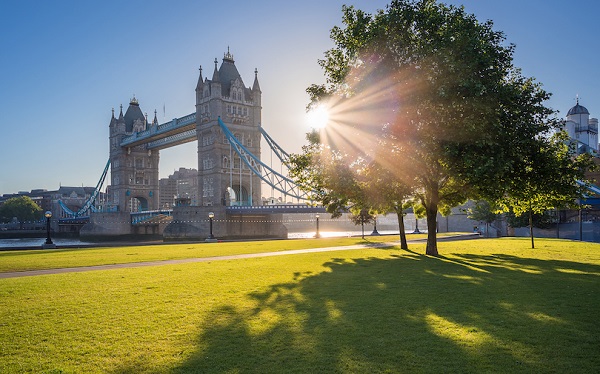
 Environment2 days ago
Environment2 days agoExperiments to dim sunlight will soon be approved by UK government: report
-
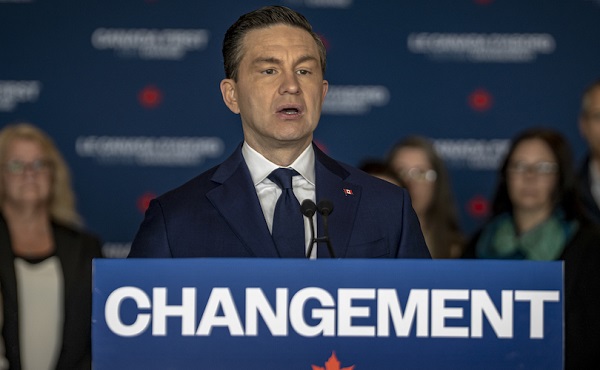
 2025 Federal Election2 days ago
2025 Federal Election2 days agoConservatives promise to ban firing of Canadian federal workers based on COVID jab status
-

 International2 days ago
International2 days agoPope Francis Got Canadian History Wrong
-

 2025 Federal Election1 day ago
2025 Federal Election1 day agoCarney’s Hidden Climate Finance Agenda
-

 2025 Federal Election1 day ago
2025 Federal Election1 day agoWhen it comes to pipelines, Carney’s words flow both ways
-

 Business1 day ago
Business1 day agoIs Government Inflation Reporting Accurate?
-

 Censorship Industrial Complex2 days ago
Censorship Industrial Complex2 days agoIs free speech over in the UK? Government censorship reaches frightening new levels

